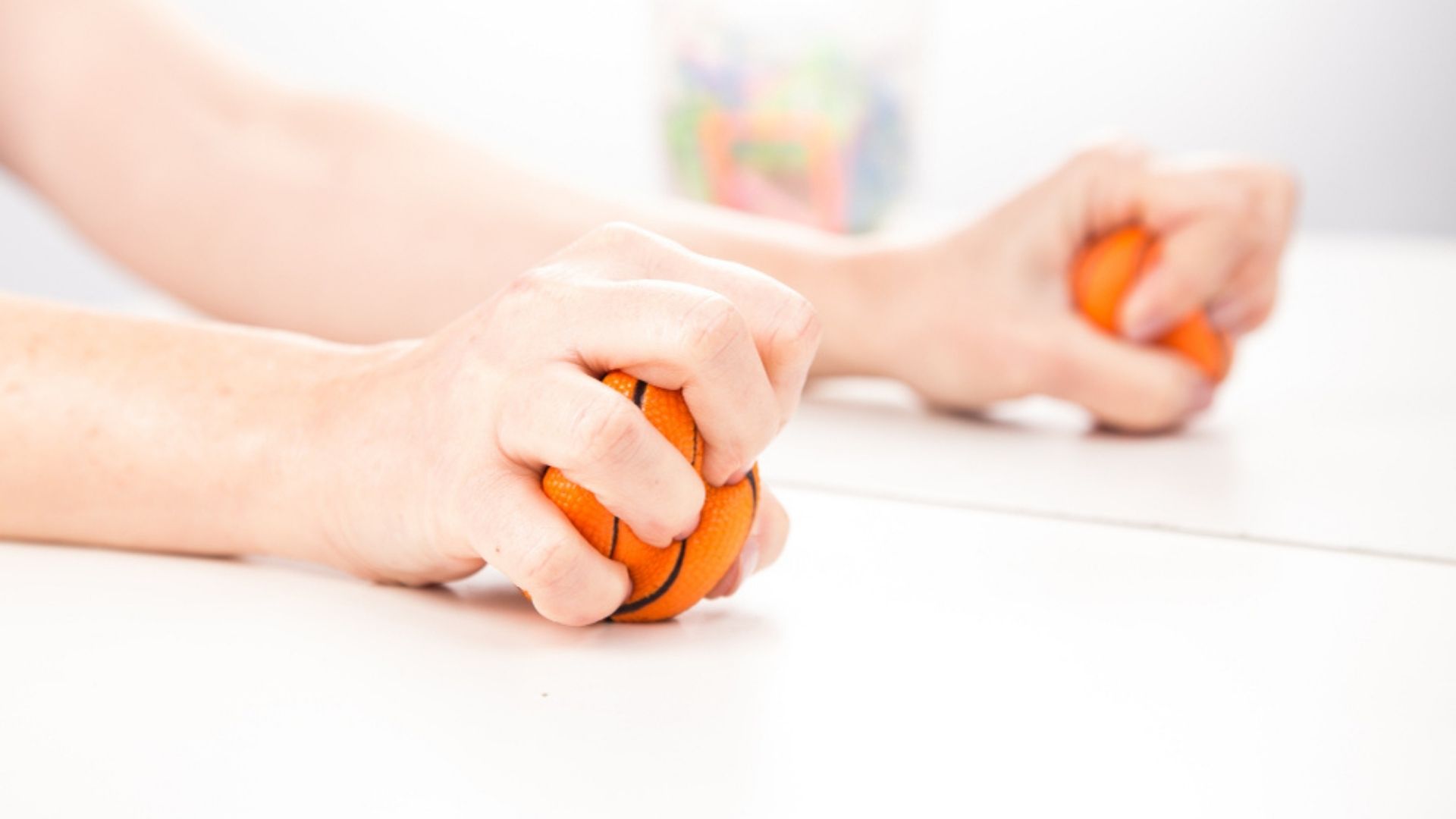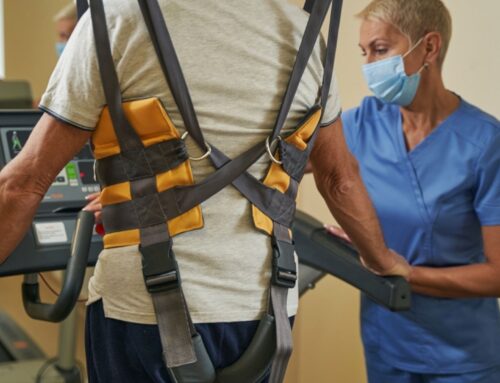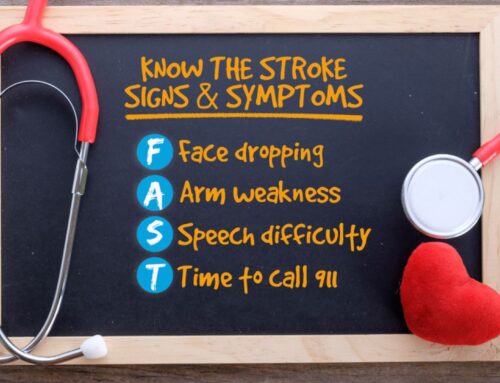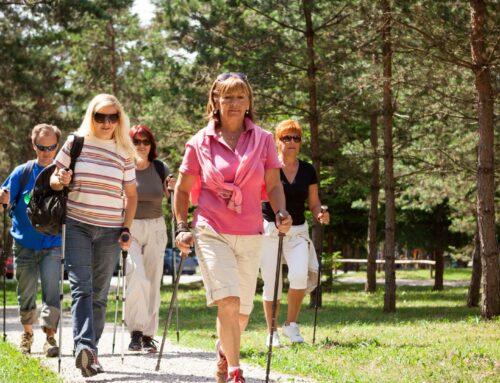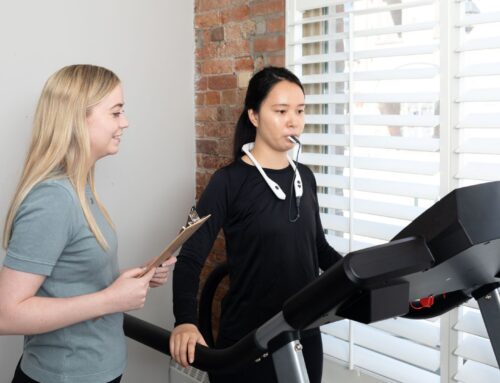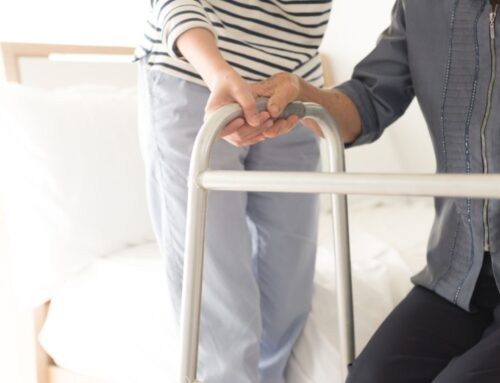Mirror therapy involves the use of a specially designed mirror that creates a visual illusion making it appear as if the affected limb is actually moving when you move the unaffected limb. Over the last quarter century, this type of therapy has become popular treating pain and improving motor function for people with a wide variety of conditions by tricking the brain into facilitating recovery.
In this article we will look at the history and physiology of mirror therapy, populations it can be beneficial for, treatment protocols and the role of the therapist in this type of therapy.
Table of contents:
- What is mirror therapy?
- How mirror therapy works
- Who can benefit from mirror therapy?
- Mirror therapy treatment protocol
- Conclusion
What is Mirror Therapy?
Mirror therapy, also known as mirror visual feedback, is a therapy for pain or disability that affects one side of the body more than the other. It involves hiding the patient’s affected limb while placing the unaffected limb in front of a mirror and moving it in various directions and performing functional movements. This setup creates the illusion that the patient is moving the affected limb, essentially tricking the brain into thinking the affected limb has moved without pain or with less dysfunction.
Mirror therapy was originally created by Dr. Vilayanur Subramanian Ramachandran for patients with phantom limb pain.i Over the past 25 years, this type of therapy has been extensively studied and shown to have benefits for numerous conditions, including stroke and complex regional pain syndrome (CRPS). Mirror therapy is used by various healthcare providers like occupational therapists, physiotherapists, physicians, and nurses in hospitals, rehabilitation centres, and clinics around the world.
You may also enjoy reading: Massage Therapy for Stroke
How Mirror Therapy Works
Here’s how it works:
- Setup: Mirror therapy involves the use of a specially designed mirror. The individual places the mirror vertically in front of their body, with the reflective side facing the unaffected limb. This effectively creates a visual illusion that makes it appear as if the affected limb is actually moving when they move the unaffected limb.
- Mirror Reflection: When the individual moves the unaffected limb, they can see the reflection of this movement in the mirror. The brain perceives this reflection as though it is coming from the affected limb, creating the illusion that the affected limb is also moving.
- Visual Feedback: The visual feedback from the mirror helps to trick the brain into believing that the affected limb is still functional. This can reduce the perception of pain, improve motor function, and stimulate neural pathways associated with the affected limb.
- Motor Relearning: The individual can then perform various exercises and movements with the unaffected limb while watching the mirrored image. Over time, this can help retrain the brain and encourage it to rewire neural connections associated with the affected limb, facilitating motor recovery and reducing pain.
- Progressive Rehabilitation: Mirror therapy is typically performed in a progressive manner, starting with simple movements and gradually advancing to more complex tasks. The goal is to regain motor function, reduce pain, and improve the overall quality of life.
You may also enjoy reading: Chronic Stroke Rehabilitation: Beyond the First 6 Months
Who Can Benefit from Mirror Therapy?
Mirror therapy can work for many different conditions and populations. For example, individuals recovering from:
- stroke
- acquired brain injuries
- phantom limb pain
- complex regional pain syndrome (CRPS)
- patients recovering from musculoskeletal injuries
- or individuals with motor deficits[ii],[iii]
A recent Cochrane review showed a high level of evidence for the use of mirror therapy in treatment of hemiparesis after a stroke. However, the effectiveness of treatment may vary depending on a variety of factors. This is why it is important for a physiotherapist to screen patients to ensure that it is the most appropriate treatment for them.
Two of the most common factors that physiotherapists consider before recommending mirror therapy are:
- Motivation: It requires 5-7 sessions per week, lasting from 10 to 60 minutes. Patients must be motivated to practice without a physiotherapist guiding the treatment.
- Cognition: It requires organizational and attentional skills from the patient to appropriately set up the environment and focus during the session.
However, mirror therapy is not recommended for all clients within these populations. For example, patients with hemineglect or visual impairments are most likely unable to complete this form of treatment.[iv] In addition, patients with claustrophobia might not be appropriate for this treatment depending on the therapy target and severity of claustrophobia.
You may also enjoy reading: Meaningful Goals Fuel Motivation
Mirror Therapy Treatment Protocols
Mirror therapy treatment protocol varies depending on the individual’s condition and goals. Generally, protocols vary 3 to 7 times a week, for 15 to 60 minutes for each session, which is usually conducted for 2 to 8 weeks.v
Based on current evidence, it is recommended that therapists and clients use a larger mirror so that clients are able to see the movement clearly.[vi]. In addition, unilateral movement execution, where the patient watches the mirror while moving the unaffected limb without moving the affected limb, has been shown to have more benefits.[vi], [vii]
In addition, movements with objects such as cups or tennis balls should generally be minimal compared to movements without objects.[vi]
You may also enjoy reading: Stroke Rehabilitation at Home
Role of the Therapist in Mirror Therapy
The physiotherapist or occupational therapist can help with the following aspects of mirror therapy as part of a rehabilitation program:
- Determine if it is the right fit for you.
- Help you create an optimal environment.
- Recommend the number of sessions a week needed to see the benefits of mirror therapy.
- Determine the length each session needs to be to see the benefits.
- Recommend appropriate movements.
- Track the patient’s progress in completing the exercises appropriately.
- Reassess the mirror therapy protocol to optimize results
Conclusion
At Propel Physiotherapy, our physiotherapists and occupational therapists are trained and experienced in assisting patients with mirror therapy and creating an individual custom protocol that fits your needs best. We use our knowledge and skills to help create a protocol and guide you to recovery.
Our team can also advise you on what other treatments and exercises can be used in addition to mirror therapy to optimize your recovery. Contact us today to see if mirror therapy is right for you.
References
[i] Kim, S.Y. and Y.Y. Kim, Mirror Therapy for Phantom Limb Pain. kjp, 2012. 25(4): p. 272-274.
[ii] Bowering, K.J., et al., The effects of graded motor imagery and its components on chronic pain: a systematic review and meta-analysis. J Pain, 2013. 14(1): p. 3-13.
[iii] Zhang, Y., et al., Mirror therapy for unilateral neglect after stroke: A systematic review. European Journal of Neurology, 2022. 29(1): p. 358-371.
[iv] Gandhi, D.B.C., et al., Mirror Therapy in Stroke Rehabilitation: Current Perspectives. Therapeutics and Clinical Risk Management, 2020. 16: p. 75-85.
[v] Thieme, H., et al., Mirror Therapy for Improving Motor Function After Stroke. Stroke, 2019. 50(2): p. e26-e27.
[vi] Morkisch, N., H. Thieme, and C. Dohle, How to perform mirror therapy after stroke? Evidence from a meta-analysis. Restor Neurol Neurosci, 2019. 37(5): p. 421-435.
[vii] Selles, R.W., et al., Effects of a Mirror-Induced Visual Illusion on a Reaching Task in Stroke Patients:Implications for Mirror Therapy Training. Neurorehabilitation and Neural Repair, 2014. 28(7): p. 652-659.
Written by

